0 AD - 2000 AD
Mosaic floor in Pompeii
Mosaic floor1 in the House of Tragic Poet as House of Glaucus. Italy, Pompeii. Undated.
Broken floor mosaic
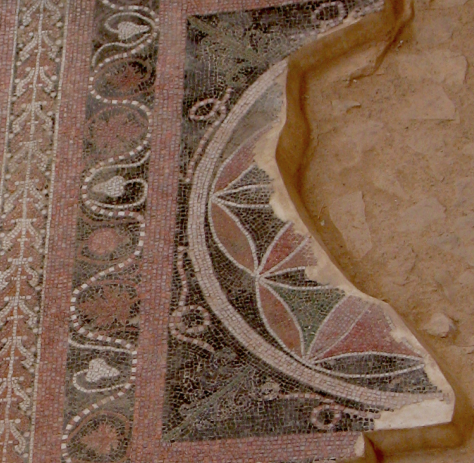
Broken floor mosaic of pomegranates, fig leaves and geometrical pattern of circles (the FOL) on the reception room in the Western Palace built by Herod the Great. Masada, Israel, 30 BC – 70 AD. (© James Emery2)
Mosaic floor in Seville
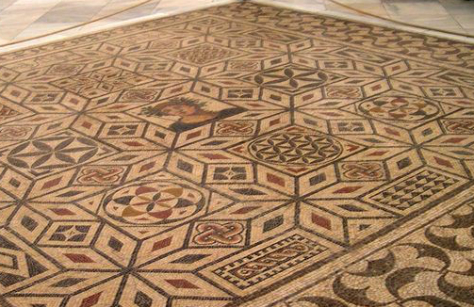
Possibly a Roman period mosaic floor in the Archaeological Museum of Seville, Spain. Undated. (Photo © Rafael del Pino)
Roman temple stele
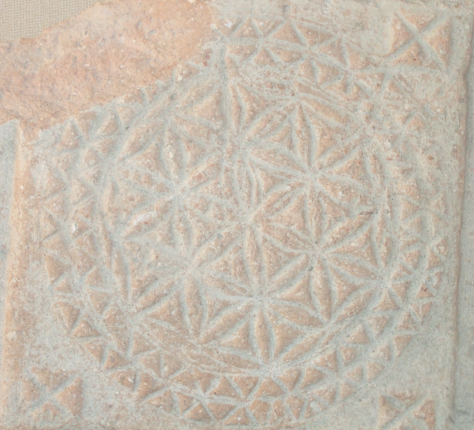
A stele from the Roman temple ruins. Córdoba, Spain, 100 - 500 AD. (© Steve Pope)
Floor mosaic in Besancon
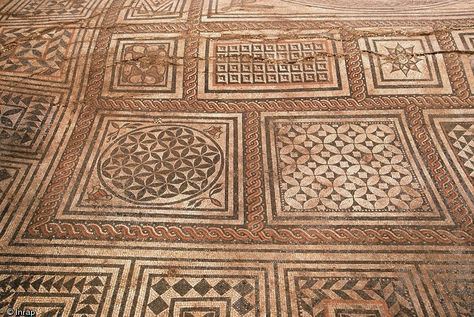
Geometrical motifs in the mosaics visible in the Museum of Fine Arts and Archaeology. Besancon, France, Gallo-Roman Period 123 BC – 486 AD. (© Pierre Dupont, Inrap)
Floor mosaic
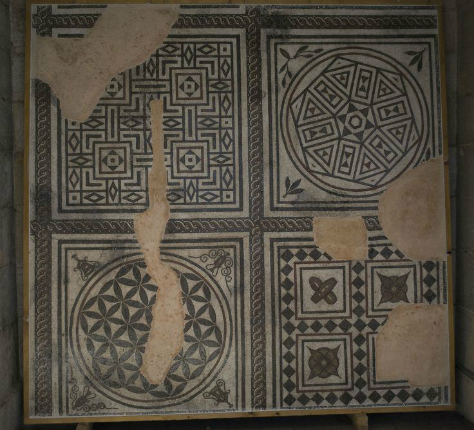
Geometrical motifs in the mosaics visible in the Museum of Fine Arts and Archaeology. Besancon, France, Gallo-Roman Period 123 BC – 486 AD. (© heroesbed)
Basilica floor mosaic
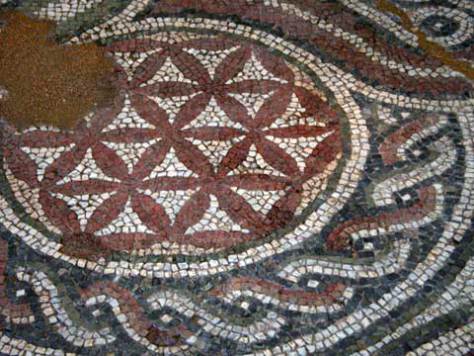
A mosaic floor from the basilica in the town near to Yambol. Kabile, Bulgaria, 400 AD. (Photo © bulstack.com)
Sassanian bowl
A Sassanian inscribed parcel-gilt silver bowl3. 400 – 500 AD.
Wall in Syria
About 100 kilometers west of Deir az-Zor on the Euphrates river in the Syrian desert is the Ummayad hunting château where wall paintings4 resembles drawings of Leonardo da Vinci. Qasr al-Hair ash-Sharqi, 729 AD.
Pavement
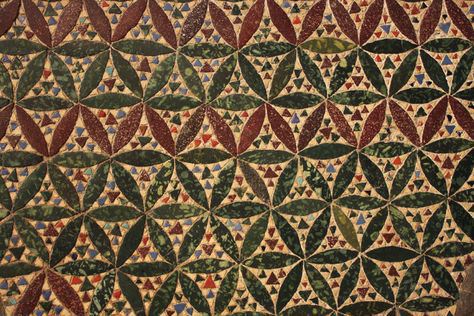
A multicolor opaque glass Cosmati pavement in the Westminster Abbey5 Gothic church. London, England, 1268 AD. (Photo © Dean and Chapter of Westminster)
Byzantine ruin
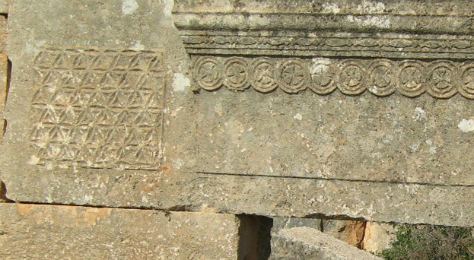
Byzantine-era ruin from Deir Seta, Syria, around 1400 AD. (Photo © Abd)
Hampi temple pillar

The Flower of Life symbol in the pillar in the Hampi temple6. India, 1400 AD. (Photo © Wm Jas)
Cemetery decorations
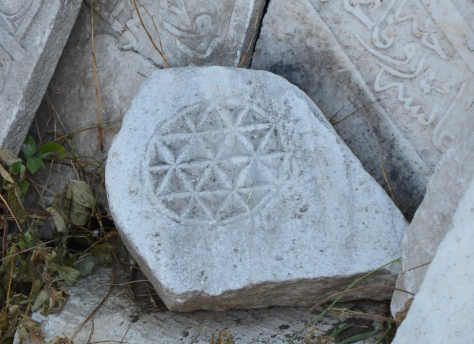
Ottoman cemetery headstone decorations from the antique field of ancient Smyrna. Izmir, Turkey, 1400 AD. (Photo © Marko Manninen)
Sarcophagus
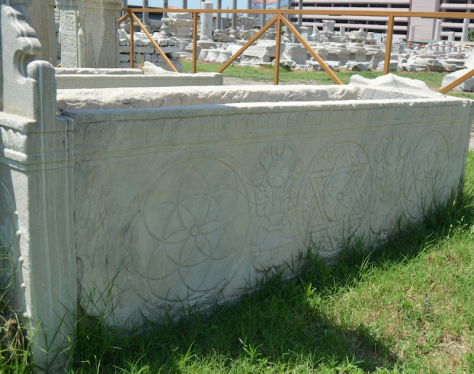
An Ottoman sarcophagus in the antique field of ancient Smyrna. Izmir, Turkey, 1400 AD. (Photo © Marko Manninen)
Castle of Rozmberk

Flower of Life and other geometric symbols from the castle of Rozmberk7 in the Czech Republic. On 14 - 16th century AD castle was owned by a Czech alchemist, symbols are probably from that period. (Photo © Mark Libal)
Leonardo da Vinci's notes
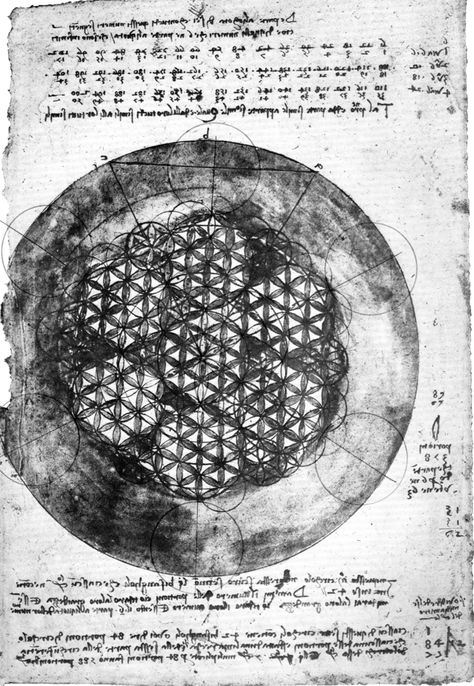
Leonardo da Vinci's explorations of the hexagonal geometry on his Codex Atlanticus8 notebooks, folio 307 verso9. Italy, 1500 AD. (Photo © Public Domain)
Stone inscriptions
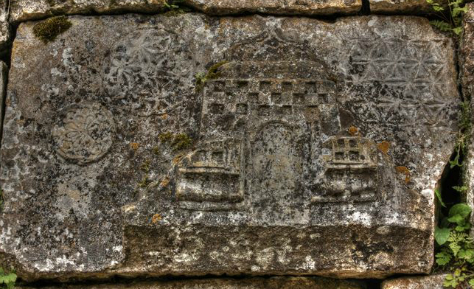
Inscription on the stones of the surrounding wall of Demir Baba Teke, Alevi mausoleum near the village of Sveshtari, in northeastern Bulgaria, 1600 AD. (Photo © Klearchos Kapoutsis10)
- 6.2.1.
- 6.2.2. James Emery: Masada mosaic
- 6.2.3. christies.com: A Sassanian parcel-gilt silver inscribed bowl
- 6.2.4. Hans-Christian: Picture of temple ruins in Qasr al-Hair ash-Sharqi
- 6.2.5. westminster-abbey.org: Westminster Abbey conservation
- 6.2.6. wikipedia.org: Hampi temple
- 6.2.7. wikipedia.org: Castle of Rozmberk
- 6.2.8. wikipedia.org: Codex Atlanticus
- 6.2.9. wikimedia.org: Codex Atlanticus, folio 307 verso
- 6.2.10. Klearchos Kapoutsis: Демир Баба Теке